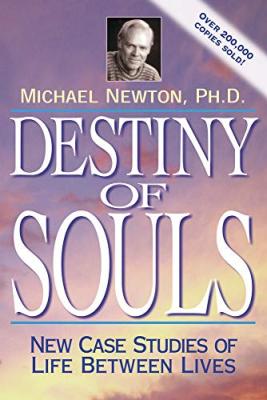

€57,55
456p.
Love and Liberation reads the autobiographical and biographical writings of one of the few Tibetan Buddhist women to record the story of her life.
Sera Khandro Kunzang Dekyong Chonyi Wangmo (also called Dewe Dorje, 1892-1940) was extraordinary not only for achieving religious mastery as a Tibetan Buddhist visionary and guru to many lamas, monastics, and laity in the Golok region of eastern Tibet, but also for her candor.
This book listens to Sera Khandro's conversations with land deities, dakinis, bodhisattvas, lamas, and fellow religious community members whose voices interweave with her own
Love and Liberation reads the autobiographical and biographical writings of one of the few Tibetan Buddhist women to record the story of her life.
Sera Khandro Kunzang Dekyong Chonyi Wangmo (also called Dewe Dorje, 1892-1940) was extraordinary not only for achieving religious mastery as a Tibetan Buddhist visionary and guru to many lamas, monastics, and laity in the Golok region of eastern Tibet, but also for her candor.
This book listens to Sera Khandro's conversations with land deities, dakinis, bodhisattvas, lamas, and fellow religious community members whose voices interweave with her own to narrate what is a story of both love between Sera Khandro and her guru, Drime Ozer, and spiritual liberation.
Sarah H. Jacoby's analysis focuses on the status of the female body in Sera Khandro's texts, the virtue of celibacy versus the expediency of sexuality for religious purposes, and the difference between profane lust and sacred love between male and female tantric partners.
Her findings add new dimensions to our understanding of Tibetan Buddhist consort practices, complicating standard scriptural presentations of male subject and female aide. Sera Khandro depicts herself and Drime Ozer as inseparable embodiments of insight and method that together form the Vajrayana Buddhist vision of complete buddhahood.
By advancing this complementary sacred partnership, Sera Khandro carved a place for herself as a female virtuoso in the male-dominated sphere of early twentieth-century Tibetan religion.
Kęstučio g. 83 (Priešais muzikinį teatrą)
Darbo laikas ir žemėlapis čia.
Laukiame Jūsų!







 2024-01-26 - 2024-12-31
2024-01-26 - 2024-12-31














